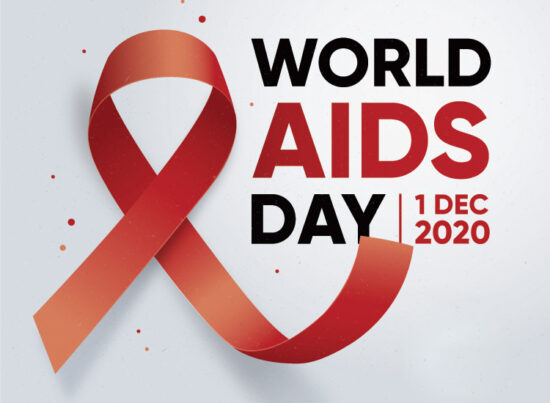
2nd December 2015 by aegeuana_sjp_admin
An Introduction to Conversion Rate Optimization
Conversion Rate Optimization (or CRO) is the process of improving your website with the aim of trying to engage a greater percentage of users with content, products or services on your site. Ultimately, you’re trying to increase your number of consumers.
Essentially, CRO boils down to marketing principles, although in reality it is a little bit more complicated than that. CRO also relies extensively on UI/UX design, in particular the psychology behind what make a good user experience. This is why tracking the analytics of your site and collecting user feedback is so important. Without these, it can be increasingly hard to understand where it is you’re failing.
It’s also important not to confuse conversion rate optimization with advertising. Although they are relevant to one another, these are two separate and very distinct areas. You can go ahead and set up some advertising campaigns, but this won’t guarantee that you will convert a larger percentage of visitors to customers – it only guarantees that you’ll reach a wider audience. You can pay to have some ads put up and may well have a greater number of customers as a result, but it doesn’t necessarily imply that you converted a greater percentage of visitors. Wouldn’t it be great to maximise the effectiveness of your advertising? This is where conversion rate optimization comes in.
There’s no point spending copious amounts of money on advertising if you’re not seeing a positive difference on your balance sheet at the end of the month. If you really want to make your advertising worth the money, it’s worth starting with the basics. One of the key metrics to pay attention to, is your bounce rate. These are visitor that leave your site after reaching your landing page rather than continuing on to other pages of your site. This should give you an indication as to how successful your landing page is at converting visitors. The higher your bounce rate, the less successful your page is at converting visitors. If this is the case, you need to revisit the designs and layout of your landing page and try to figure out where it is you’re going wrong.
It’s worth noting that your bounce rate may also have an impact on your SEO rankings. If your bounce rate is particularly high, Google could determine that your website isn’t relative enough to the keywords used in the search criteria and will push your site further down the listings.
Another figure worth paying attention to is your exit rate. Not to be confused with the bounce rate, this figure tells you what percentage of users left your site on any given page. This is useful in the sense that it can help pinpoint specific pages that aren’t effective in converting visitors.
Testing methods like split testing or A/B testing can help you analyse which images, headings and content are more successful at converting users. There are various approaches to conversion optimizations with two paths proving more popular these days. One path is aimed towards testing as a way to figure out the best way to improve conversion optimization. The other is geared more towards pretesting. This method focuses more time on understanding the target audience and tailoring messages to appeal to that specific audience. Only afterwards would normal testing methodologies be used to increase the success rate.
Click here to continue to part 2




